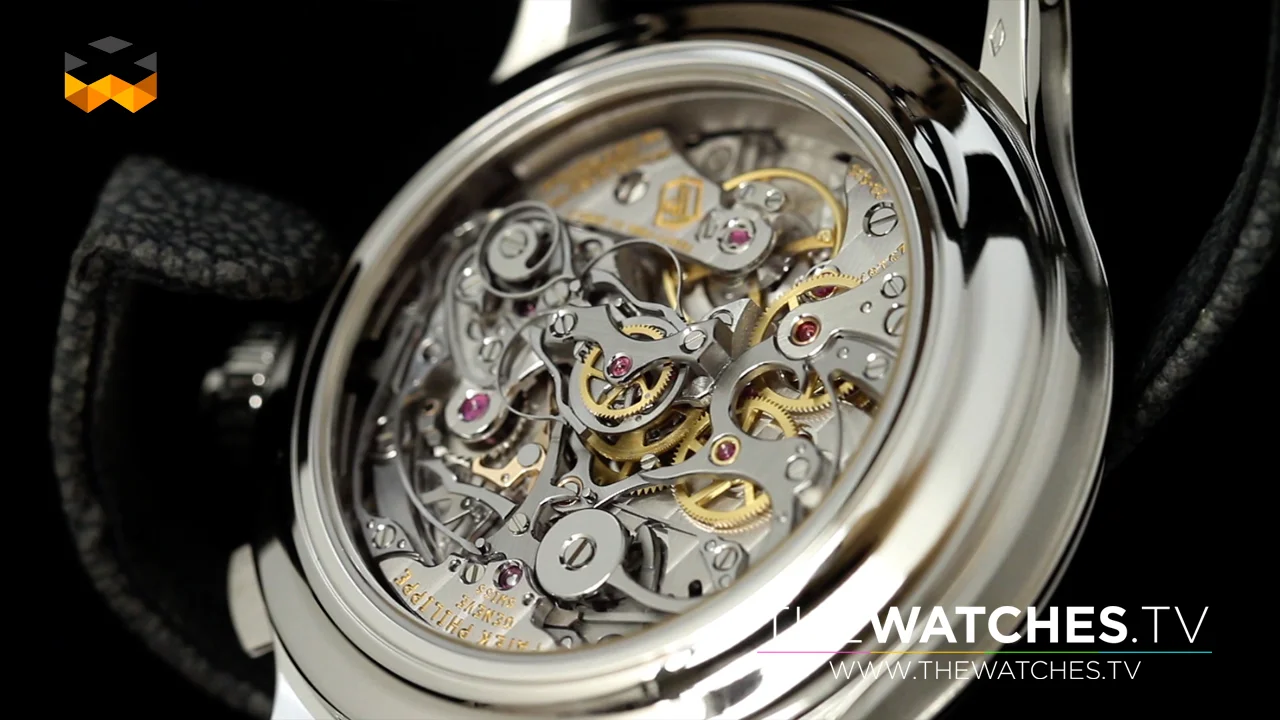Chronograph Saga 4 – The Split Seconds
The split-seconds chronograph is the most challenging version of the chronograph to create and manufacture. The usual chronographs display the totalization of seconds, minutes, and sometimes hours. But a chronograph can be improved to provide even more indications or functionalities. The flyback chronograph presented in the last episode was a first example. But the shining star of the category is undoubtedly the split-seconds chronograph.
Invented in 1831 by Austrian watchmaker Joseph-Thaddeus Winnerl, the split-seconds chronograph allows one to measure intermediate times within a time measure. In other words, instead of having to stop, reset, and start the function again you can simply display a first time with the timing measurement remaining active before coming back to it. This is possible by having two second hands, one stacked upon the other, and a pusher dedicated to the function. The hand on top can be considered the “leader.” In other words, this hand behaves like any usual chronograph second hand and comes back to its initial place only when the system is stopped. The other hand, which could be called the “follower,” is positioned underneath the first one and rides around with it by default. It enters into action only to obtain intermediate times.
The split-seconds chronograph is very demanding for watchmakers because of its complexity. It involves an additional system within the function that is really delicate to set. In fact, few brands are able to manufacture split-seconds chronographs because of this. As is often the case in watchmaking, some geniuses pushed the boundaries even further by adding more second hands to measure more intervals. But these pieces are exceptions.










